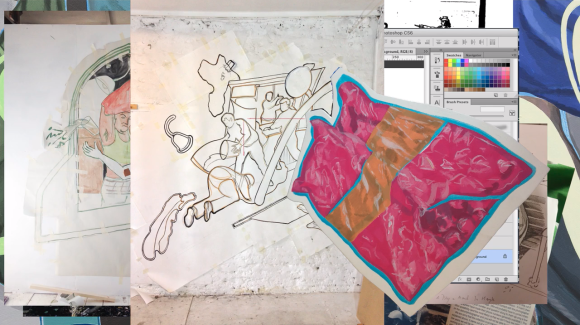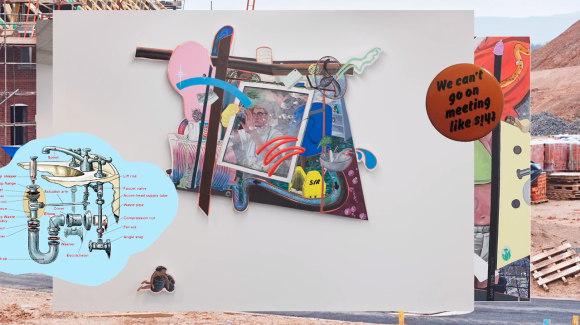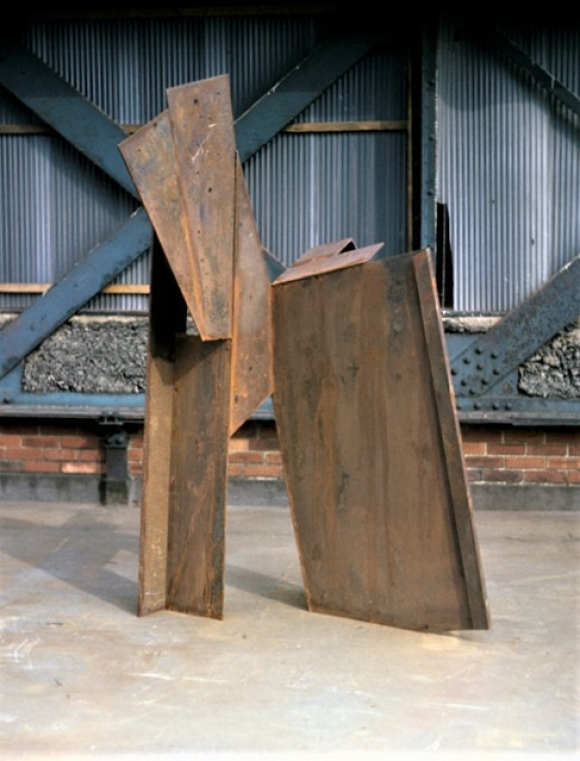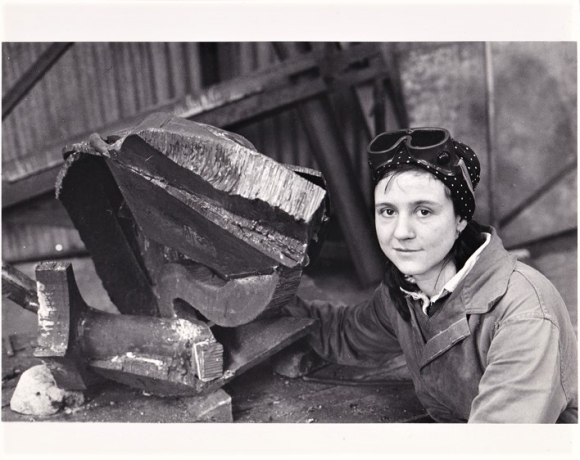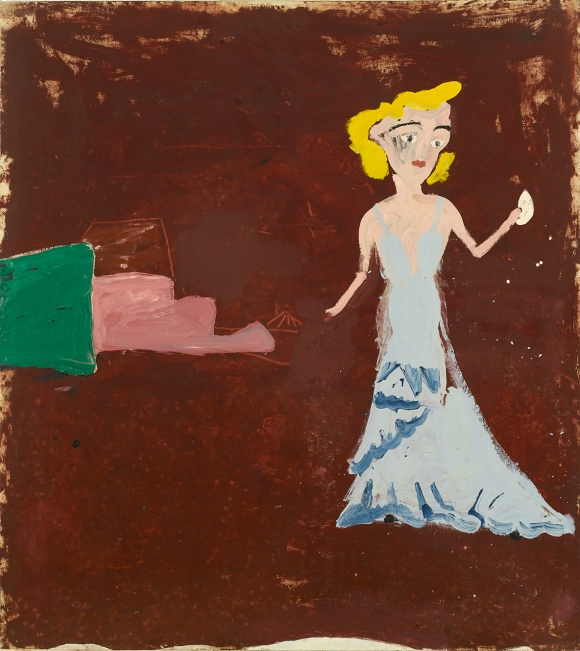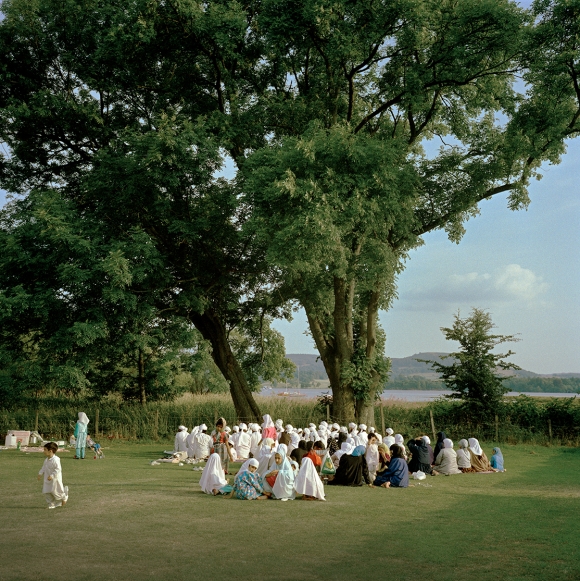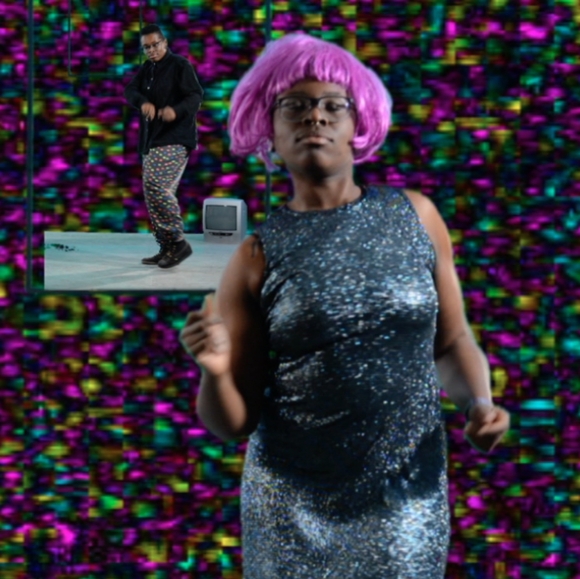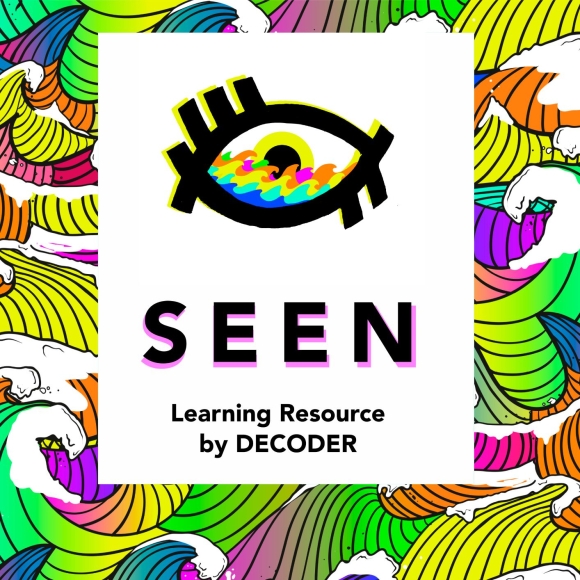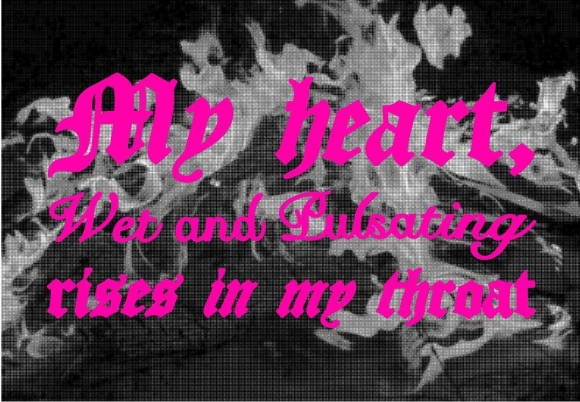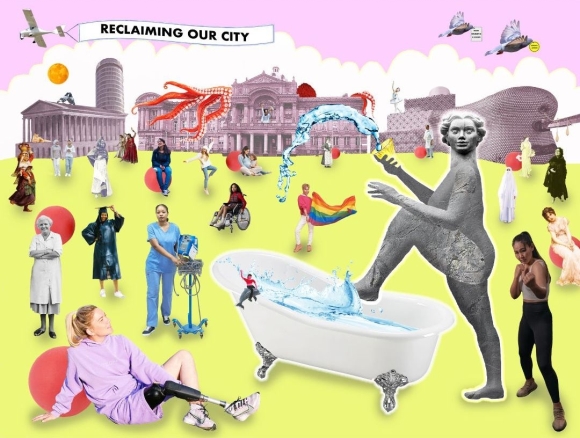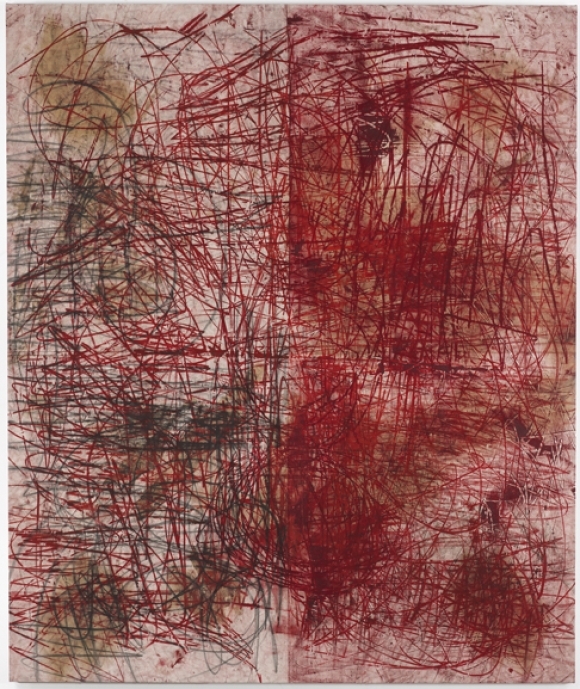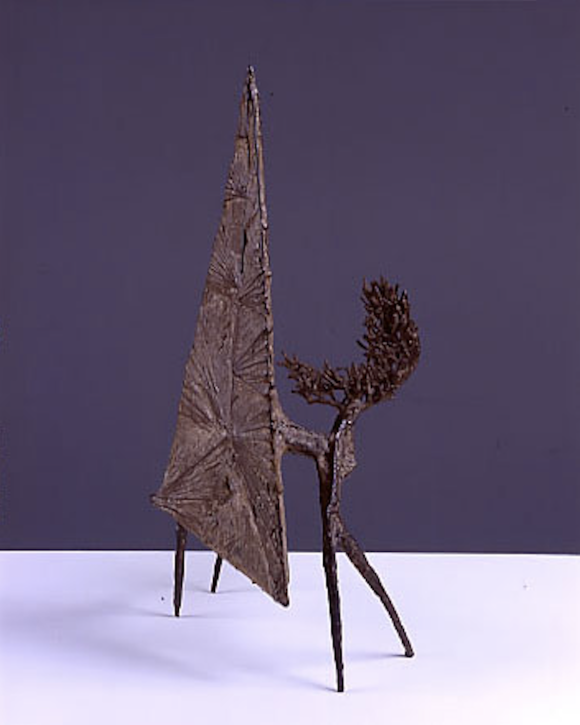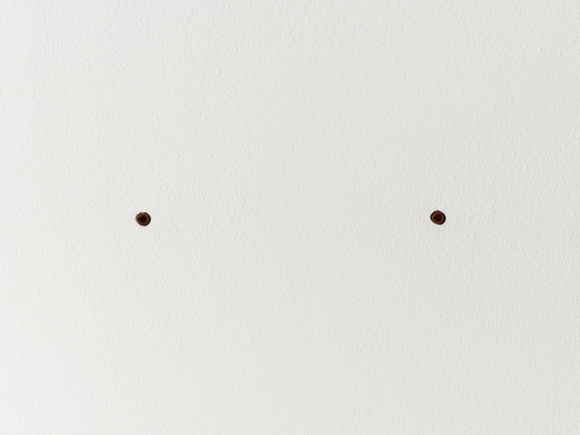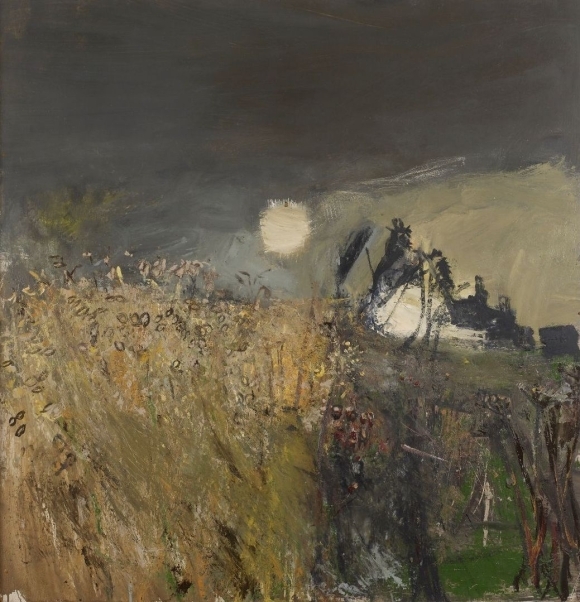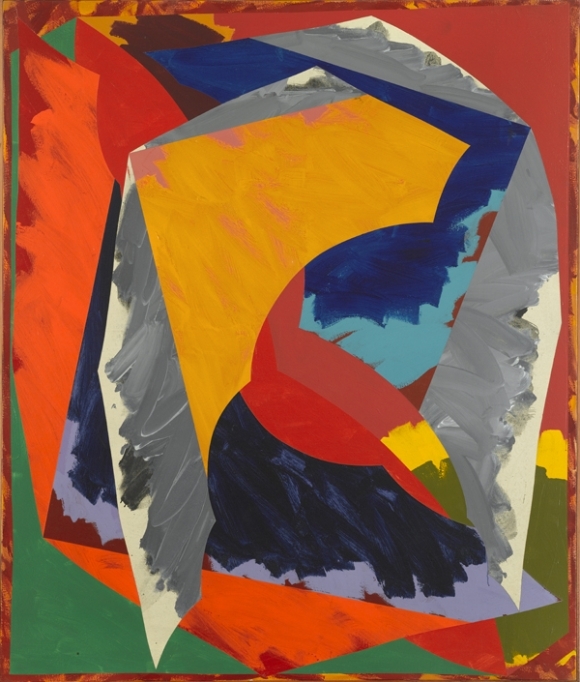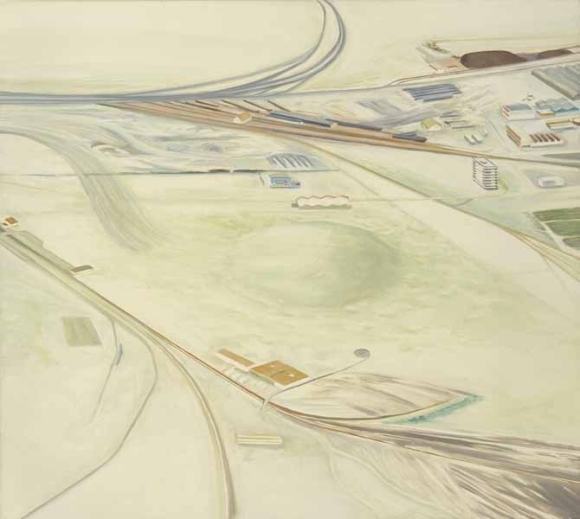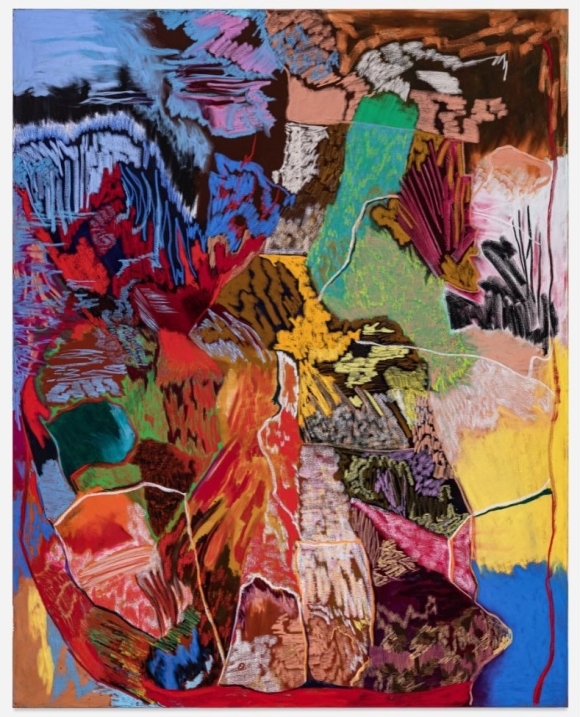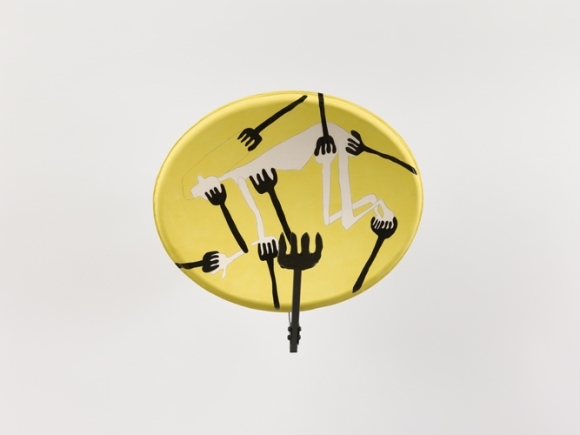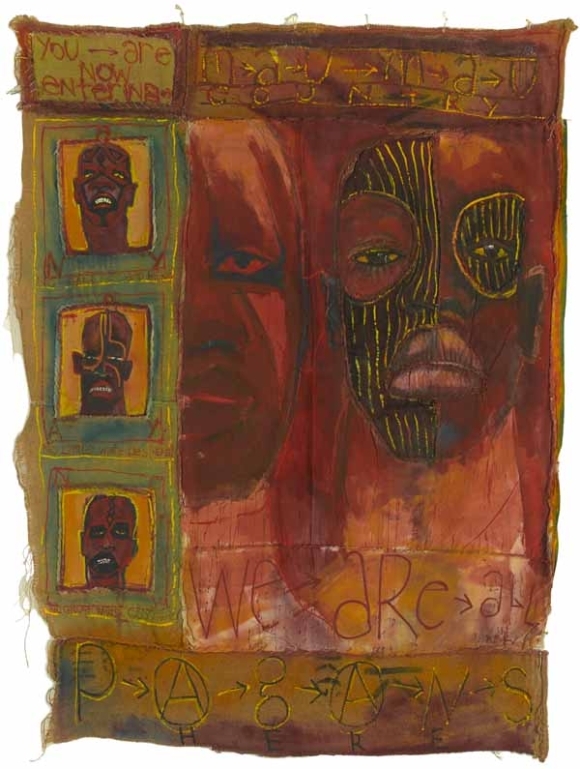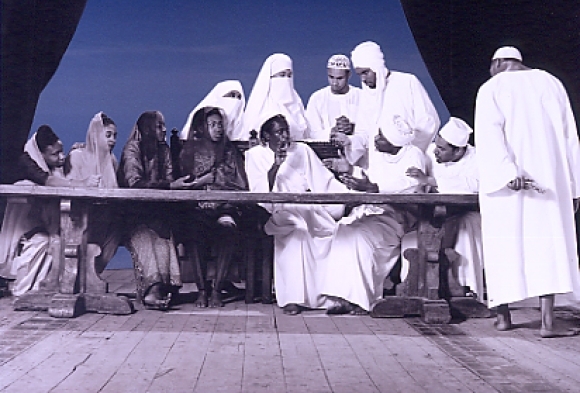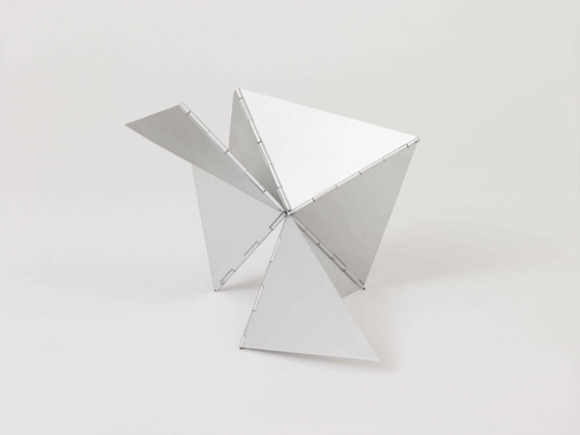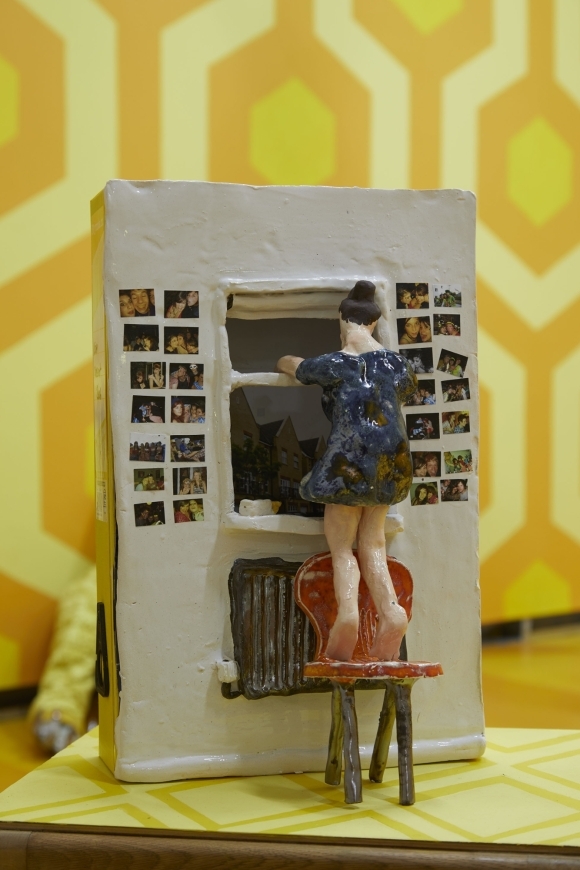On Saturday 13 February, 2021, the Arts Council Collection hosted the first event for the Young People’s Collaborative Project, part of the National Partners Programme.
Due to the ongoing coronavirus pandemic and national lockdown, this launch event was hosted online via Zoom. It brought together members of the youth groups from the partner venues: Celebrate Different at Sunderland Culture, SEEN at Newlyn Art Gallery & The Exchange, and YAK at Firstsite, Colchester and was facilitated by the youth-led and Bristol based Rising Arts Agency.
This was the first time for members from all three youth groups to meet, albeit over the internet, have an introduction to the Collection and begin thinking about their collaborative project. Over the course of three hours, we did icebreaker activities, listened to presentations by Arts Council Collection artists John Walter and Flo Brooks, learned about curating from Rising Arts’ Campaign & Communication Manager Rosa ter Kuile, did breakout sessions to prompt discussions about exhibition-making, and finished with a zine workshop.
Prior to the event, artist Flo Brooks invited the young people to submit questions to him which he’d then respond to in a pre-recorded video which would be shared during the event. His willingness to answer “informal, intimate, challenging” questions was well and truly tested by our participants! Questions such as “how do you start the complex pieces”, and “do you work from photographs or memory?” allowed insight into his artists process, while others allowed for Flo to share more personal comments on his experiences as a queer, trans man.
Using images of his works, together with archival photographs, sketches and found imagery, Flo put together a rich and varied slide show to illustrate his answers as captured in the two stills from the presentation below. You can read the full transcript from the Q&A here.
